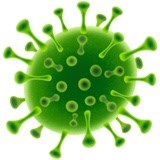This website is extremely outdated. Please see your local governmental agency, such as the CDC, or the World Health Organization, for up-to-date information.

Aggregate Information
on COVID-19

Aggregate Information
on COVID-19
This website is extremely outdated. Please see your local governmental agency, such as the CDC, or the World Health Organization, for up-to-date information.